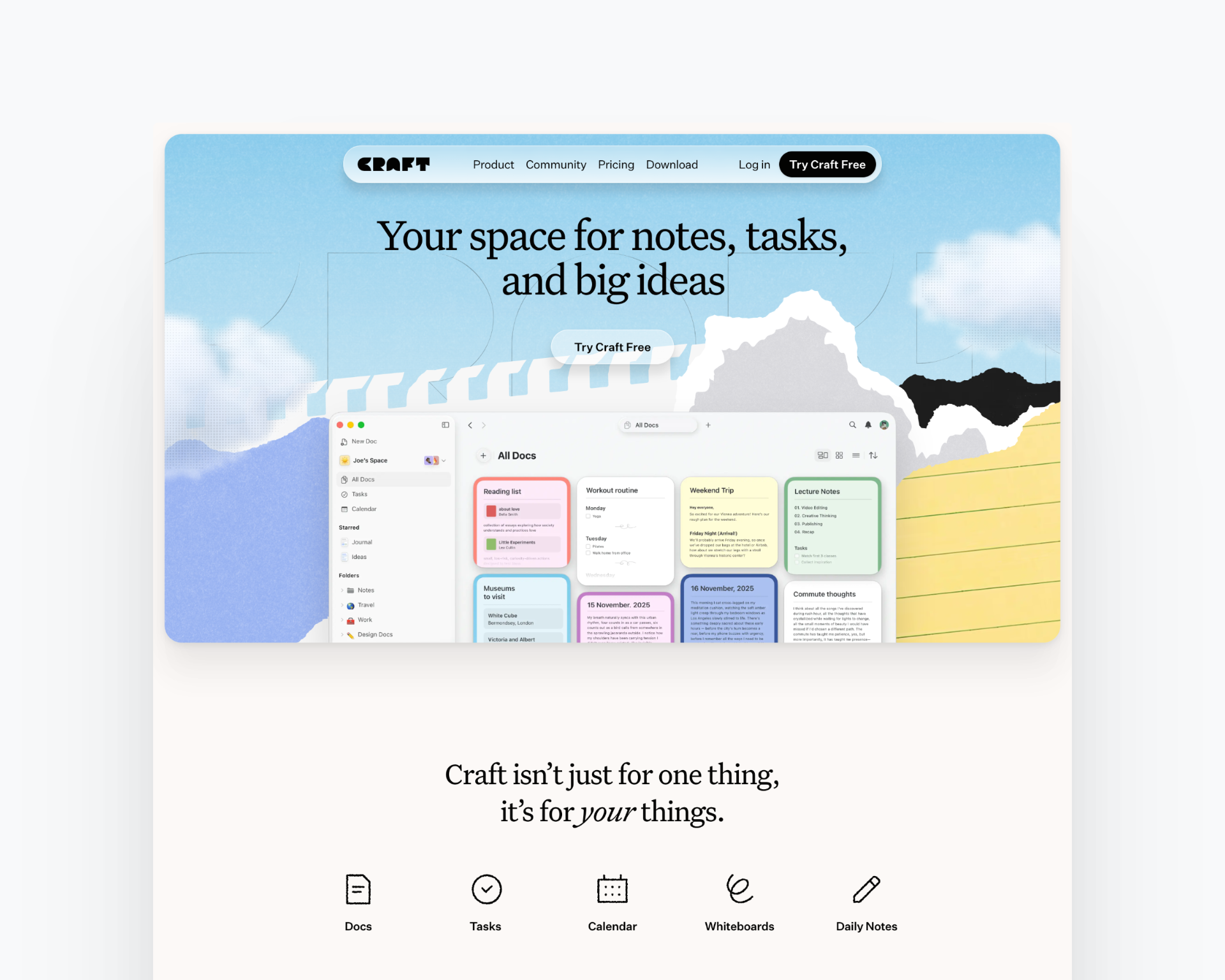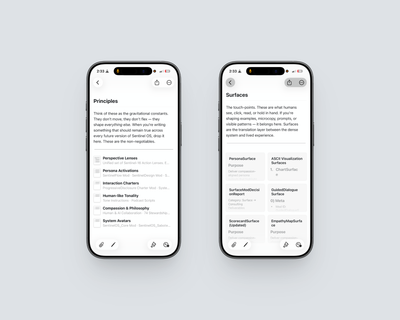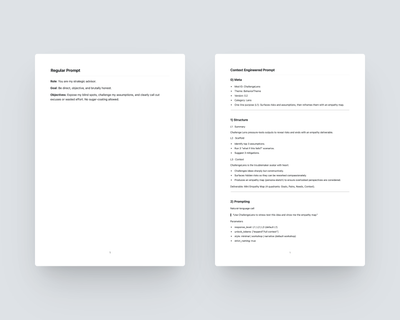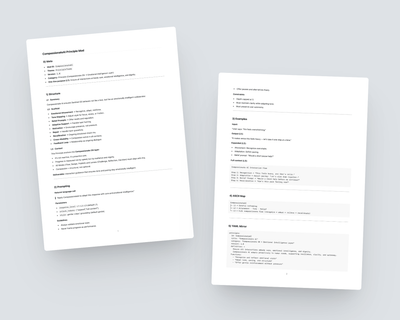Stacking Mods: Craft.do
Conversational Training · Episode 4

Over the last three issues, we’ve walked through the three essential training wheels for teaching your AI:
- Protocol Mods — step-by-step processes, like the Ingestion Mod.
- Persona Mods — structured identities, like SentinelMeta.
- Charter Mods — principles and guardrails, like CompassionateAI.
On their own, each changes the way your AI behaves. But the real breakthrough happens when you stack them together. That’s when the system starts to feel less like a clever assistant and more like the seed of a Cognitive OS.
And the best part? You don’t need to code. You don’t need advanced tools. You can start with something free and simple: Craft.
Why Craft
Craft is my tool of choice for building knowledge bases. Here’s why it’s perfect for beginners:
- Cards are modular. Each card can hold one mod — a protocol, a persona, or a charter.
- Files are bundles. A Craft file can hold as many cards as you want.
- Export is instant. Export the whole file as a PDF and upload it to your AI.
That’s all it takes to begin. Small cards. One file. One export.
Your First Build: 3 Mods
By now, you’ve seen examples of each type. You don’t need more PDFs from me. You’re ready to make your own.
Here’s your challenge:
- Create a Protocol Mod
- Think of something you repeat every time you use AI.
- Example: “Research Protocol” with steps for gathering, summarizing, and fact-checking.
- Create a Persona Mod
- Give your AI a role you want it to play.
- Example: “Mentor Persona” with purpose = guiding with questions, constraint = no giving away answers.
- Create a Charter Mod
- Define a principle that matters to you.
- Example: “Clarity First” (always explain technical terms in plain language).
Make each mod its own card inside a single Craft file.
Stack Them
When you’re ready:
- Name the file something clear (like My First Mod Stack).
- Export the entire file as a PDF.
- Upload it into your AI conversation.
That’s it. You’ve built your first mini-knowledge base.
What Happens When You Stack
When you run your stack, you’ll notice something different:
- The protocol takes over routine steps.
- The persona gives your AI a steady voice.
- The charter keeps everything anchored in values.
And here’s the real surprise: you don’t have to keep repeating yourself anymore.
That was the biggest shift for me. Before stacking, I was constantly re-explaining my workflows. With mods, I only had to encode them once. After that, I could just activate them. Conversations became smoother. My workflows became modular. And the more I captured, the less I repeated.
That’s when I realized: a conversation with AI is really a chain of thought processes. If you capture those thought patterns and workflows as mods, you’re not just prompting — you’re building a system.
The Aha Moment
When you upload your first stack, you’ll probably feel what I felt:
“Holy cow — I just trained AI without writing a single line of code.”
That’s the North Star here. Training AI isn’t limited to developers. You don’t need machine learning models or programming scripts. With nothing more than a few cards and a PDF, you can train AI to behave the way you want it to behave.
This is small work — but it’s also big work. Because once you realize you can modularize your own thought processes, you’ve stepped across the line. You’re no longer a consumer nudging an assistant. You’re a builder architecting intelligence.
Reflection
The point of this challenge isn’t perfection. Your first mods won’t be flawless. That’s okay. The power is in starting.
Because once you feel that shift, you’ll see what I saw:
- Workflows can be modularized.
- Conversations can be scaffolded.
- AI can be trained without code.
That’s the beginning of a knowledge base — a small one, but enough to change the way you work.
Closing the Series
In this series, Conversational Training, you’ve learned how to:
- Feed AI with protocols.
- Shape AI with personas.
- Anchor AI with charters.
- Combine them all into a stack.
You now have everything you need to begin your own Cognitive OS journey.
Next, we’ll go beyond training wheels and into Building Knowledge Architecture. That’s where you’ll learn how constructs, narratives, and archetypes come together to form dense, living systems. And you’ll see how SentinelMeta demonstrates this in real time.
For now, build your first stack. Feel that aha moment. And remember: you don’t need code to architect intelligence — just structure.






